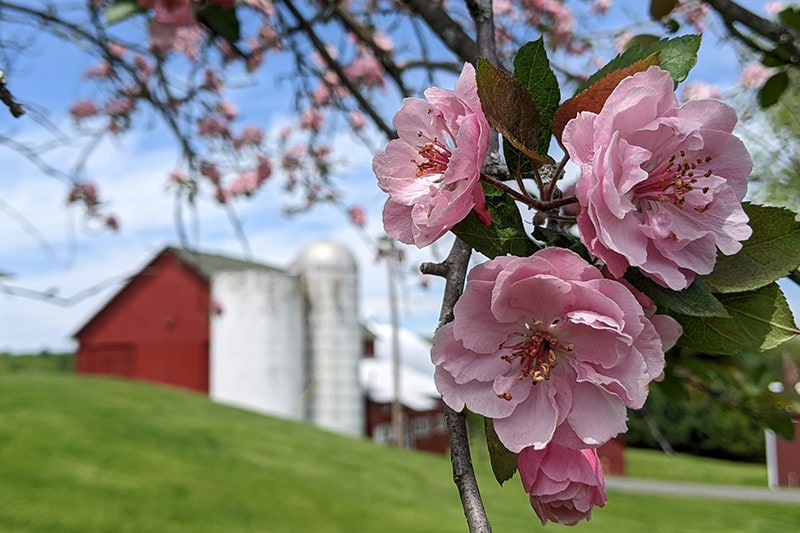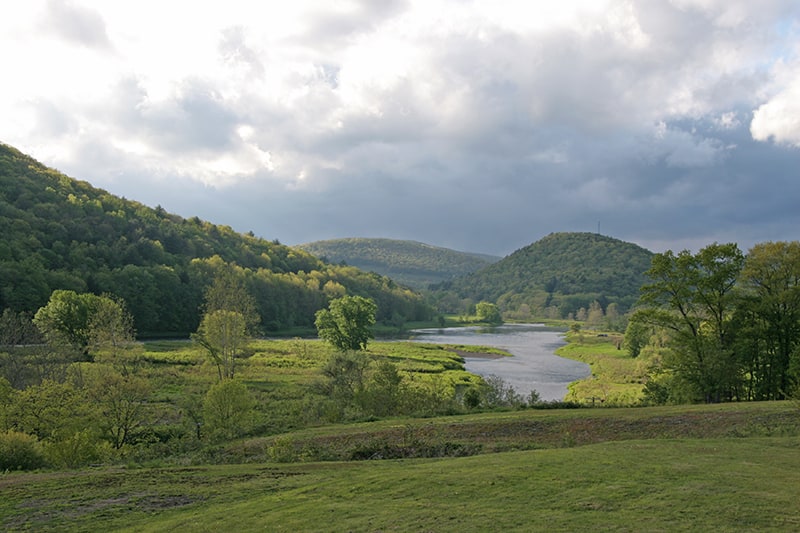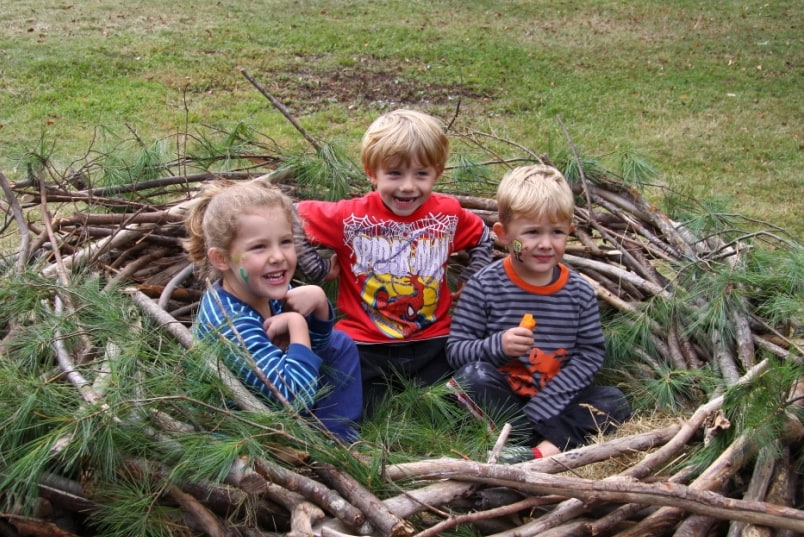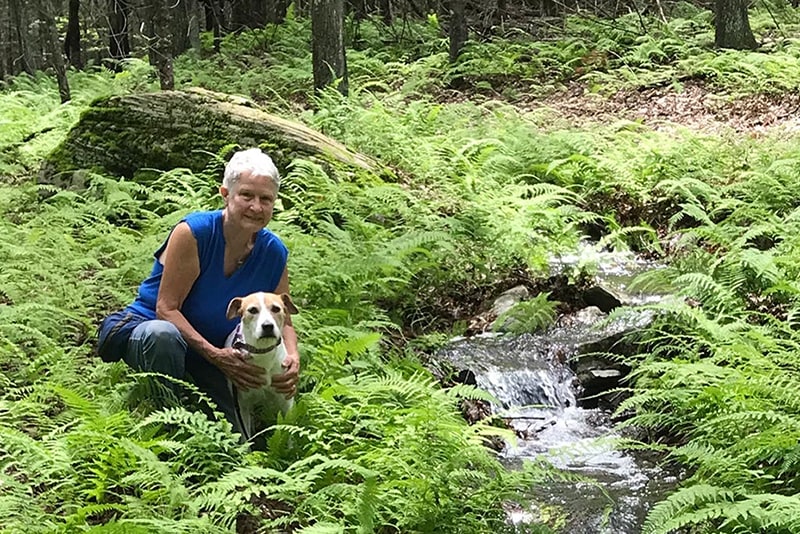What's New

November 14, 2016
By Sandy Long
Protecting a Piece of Paradise: Love of Place Sparks Stewardship for Women Woodland Owners
Women landowners who attended the Women and Their Woods Educational Retreat organized by the Delaware Highlands Conservancy in fall 2016 take the stewardship of their woodlands quite seriously.
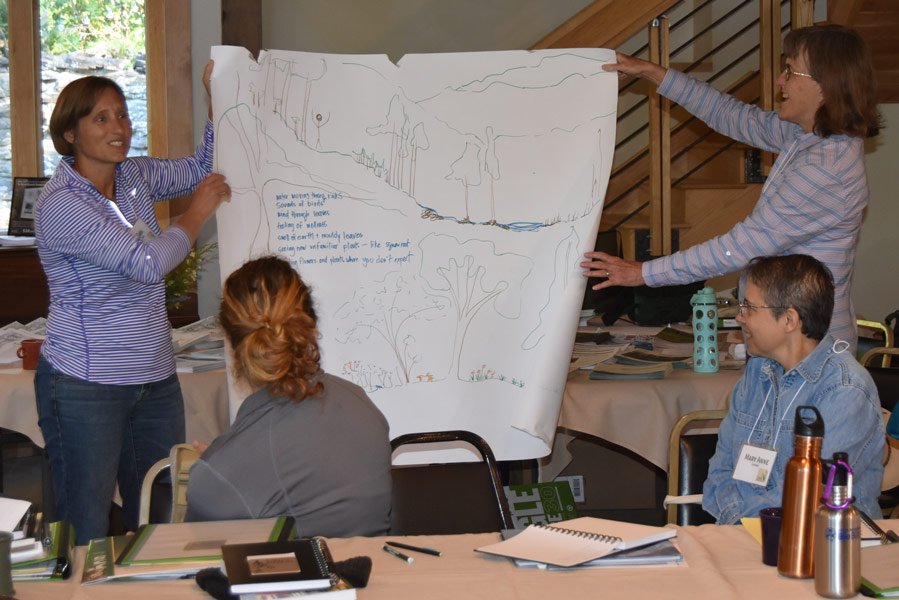 Asked to identify what qualities come to mind when they think about their land and its legacy, a series of words emerged that left no doubt women woodland owners are deeply connected to the land they love—patience, perseverance, passion, peace, partnership, protection and planning.
Asked to identify what qualities come to mind when they think about their land and its legacy, a series of words emerged that left no doubt women woodland owners are deeply connected to the land they love—patience, perseverance, passion, peace, partnership, protection and planning.
During one morning session, Pennsylvania woodland owner Nancy Baker conducted a mapping exercise guiding participants in setting goals and objectives for their land based upon those connections. “Notice how animated people get when talking about their special place,” she observed.
“A haven,” said Veronica of her land. “It counteracts the stresses beyond our control.” Wendy shared, “I feel total peace in my woods.” Many mentioned their appreciation for the flora and fauna they encounter—oak saplings, cherries, berries, mosses, chipmunks, snakes, ferns, mushrooms and more.
Some cited the natural cycles of birth, growth, decline and death; the sensory stimulation of earthy odors, trickling waters and birdsong; as well as the deep silence that feeds the reverence and renewal many experience in their forest sanctuaries. A sense of relaxation, renewal and discovery was also highlighted.
Kathryn described the details of her private forest landscape, with trails leading to mysteries and wonders, where the scent of moldering leaves contrasts with the sharp fragrance of pine needles, and the “hidden jewels” of berries, mushrooms and flowers abound. The textural bark of trees, animals slipping through the undergrowth and dappled light illuminating the understory all lead her to feel at one with nature.
After sharing their reflections, Nancy turned the discussion to action. “Take your cognitive map and use it to guide your practical applications in planning for your property,” she urged.
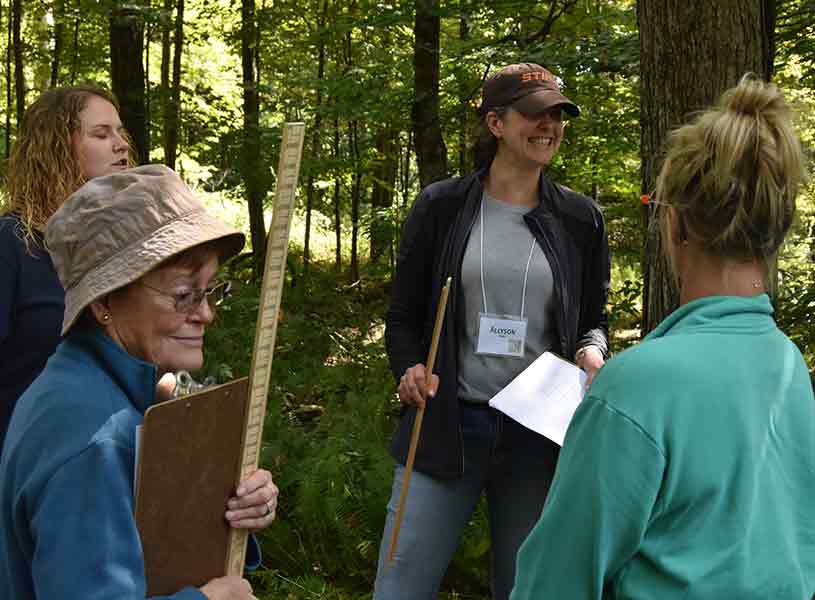 A Legacy of Love
A Legacy of Love
Overridingly, the women described their determination to leave a legacy by practicing careful stewardship of the woodlands that have captured their devotion. Learning about the forest’s ecological functions, while understanding how light, nutrients and water relate to overall forest health allows for better management of land for the future. “Every time you do anything in the woods, you need to think about the long-term consequences,” advised Dr. Susan Stout, USDA Forest Service Project Leader during her presentation, “What is Forest Stewardship and why does it matter?”
Susan led discussions sparked by thought-provoking quotes. “We must conceive of stewardship not simply as one individual’s practice, but rather as the mutual and intimate relationship, extending across generations, between a human community and its place on earth.” (John Elder, “Inheriting Mt. Tom”)
One young mother shared an inter-generational experience that clearly moved many retreat participants.
Tammy wrote, “The sunlight is filtering through the canopy. I hear a woodpecker searching for food in an old, dead tree. There’s a giggle behind me. ‘Mommy, look!’
She’s found a bright orange salamander under a rotted log. Her 3-year-old fingers have become more nimble over the past few months. She cradles the small creature and looks up at me with expressive blue eyes. I remind her to be gentle.
“I kneel down to examine her find, the scent of decay fills my nose. It’s a good smell. The smell of decomposing leaves and wood. Mushrooms and dampness. The tiny salamander crawls on her open hands. ‘It’s time to put it back in its house,’ I tell her. She gently lowers it on the forest floor and covers it with a piece of bark.
“’I love you, Mommy,’ she says. ‘I love you, too, Emma,’ I tell her. We continue walking back down the hill, towards home. The sound of the stream is getting closer. I smile. I hope her love for the forest continues…”
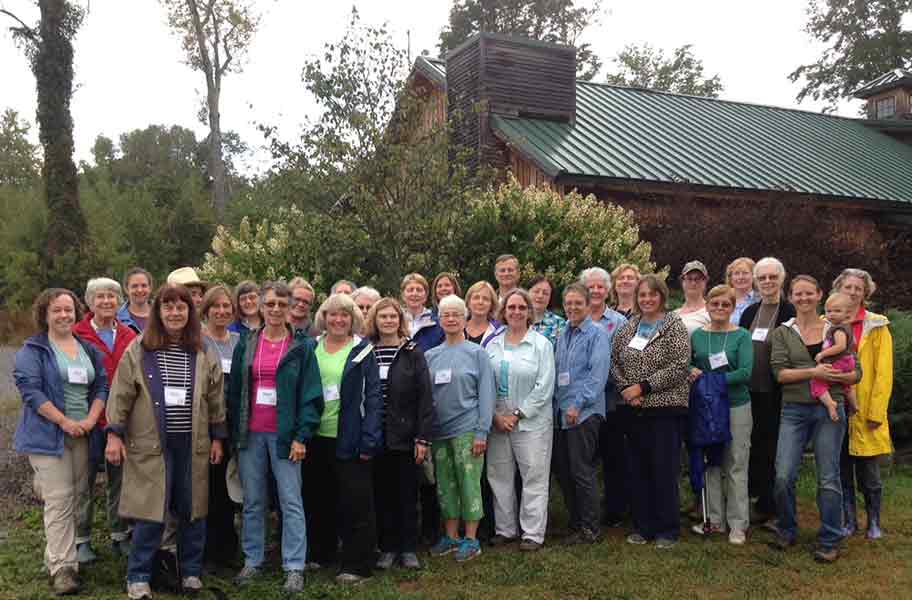 Then and Now
Then and Now
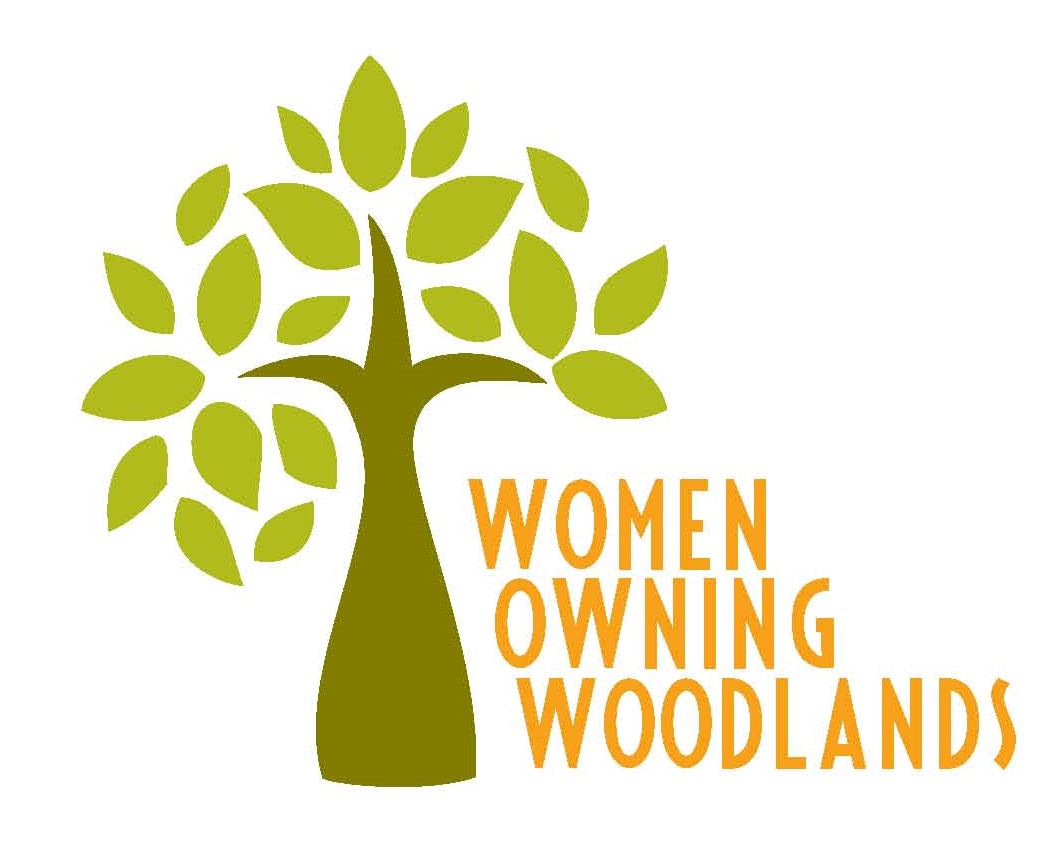 In 2007, the Delaware Highlands Conservancy recognized the need for programs tailored specifically for women forest landowners, who tend to take a more holistic view of their stewardship role. In 2008, with support from the US Forest Service at Grey Towers, the Conservancy offered an educational program for these women landowners in northeast PA and “Women and Their Woods” was born.
In 2007, the Delaware Highlands Conservancy recognized the need for programs tailored specifically for women forest landowners, who tend to take a more holistic view of their stewardship role. In 2008, with support from the US Forest Service at Grey Towers, the Conservancy offered an educational program for these women landowners in northeast PA and “Women and Their Woods” was born.
Since then, the effort has expanded to include women from across the mid-Atlantic region who are mentors for other landowners in their communities and to help the growing demographic of women forest landowners to properly steward their lands.
Today, the workshop is organized by the Conservancy with support provided by a cooperative agreement with the USDA Forest Service and Grey Towers National Historic Site as well as a partnership with Penn State College of Agricultural Sciences Department of Ecosystem Science and Management.
Conservancy Conservation Programs Team Lead, Amanda Subjin has overseen the program’s evolvement since its inception. “The initiative has grown from a small group of landowners and passionate partners to a cohort of over 70 graduates of the Women and Their Woods Educational Retreats,” says Amanda.
Outreach and networking efforts include newsletters to a large list of landowners and professionals, participation in a national network of women landowners and partners (WomenOwningWoodlands.net) and numerous peer learning opportunities.
“I continue to be energized by the diverse and passionate group of landowners seeking knowledge about how to manage their lands, transfer that knowledge to the next generation and who enjoy being a part of this unique network.”
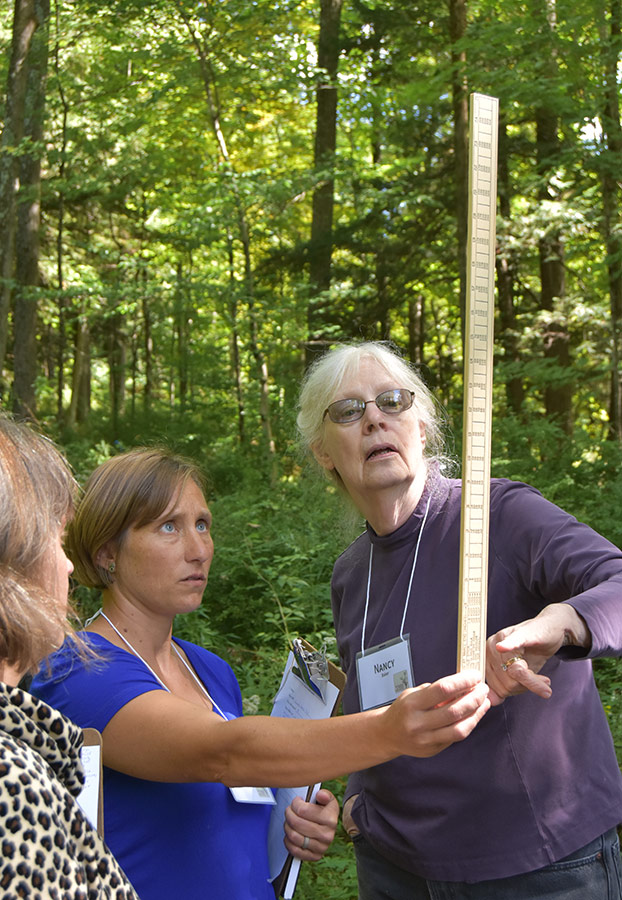 Empowered with Knowledge
Empowered with Knowledge
That network was further strengthened as women at the 2016 retreat acted on their eagerness to learn all they could, seizing the opportunity to identify tree species during a session led by Sarah Hall, Program Manager, Northern Tier Hardwoods Association.
Studying a handout depicting simple and compound leaves, along with leaf shapes, tips and margins, the women honed their skills in the forest surrounding the Highlights Workshop Facility in Boyds Mills, PA.
Later, they learned how to assess the value of the timber in their forests, employing Biltmore sticks used to measure tree dimensions such as diameter and height, as well as estimating tree volume and practicing plot sampling. Field trips to the Joel-Hill Water Powered Sawmill and to observe a private landowner timber harvest were part of the weekend-long workshop.
In addition, Penn State University Forest Stewardship Program Associate, Dr. Allyson Muth guided participants on planning for their forest’s future, while other presenters discussed the “Forest Financials” of record keeping, the art of botanical illustration, identification of invasive plants, forest insects and diseases and the creation of wildlife habitat.
Reflecting on her experience, retreat participant, Joan Jubela wrote, “Women and Their Woods was an inspiration for me. I am delighted to have participated. The generosity of spirit of all those involved, and the knowledge conveyed by the many presenters at the retreat, made the experience unforgettable. The curriculum was eye-opening, strong and an incredible foundation for future learning and decision-making.”
Plans for the next educational retreat are being arranged for fall of 2018, along with a field day workshop in spring 2017. A chainsaw safety course for women is in the works.
Amanda has also worked with a national team to create a ‘ToolKit’ enabling others to start, promote or invigorate their own peer learning network, woodland owners group or WATW group. The toolkit is available online at Growing Your Peer Learning Network or in hard copy. For more information, contact Amanda Subjin, Delaware Highlands Conservancy at 570-226-3164 or amanda@delawarehighlands.org.

